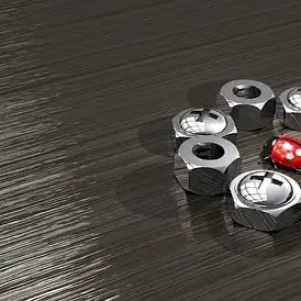The acquisition of a company is an investment decision that carries an implicit risk for the buyer in that the decision to purchase and the setting of the price of the target company will depend on the information provided by the seller.
Another inherent risk in this type of transaction is that the seller transfers assets and liabilities regardless of their balance sheet. The buyer, therefore, assumes the existing rights and obligations.
This situation highlights the need for the buyer to use protections to ensure that the information provided is accurate. In this way, the buyer can avoid overpaying for the target company or facing unexpected facts that were previously undisclosed.
Hereafter, we analyze the due diligence and representations and warranties clause as tools to protect the buyer’s interests and to establish a liability regime for the seller in the event of non-compliance.
The first protection mechanism in the acquisition of a company: the due diligence procedure
Due diligence is a procedure that gives the buyer the right to gather information on the target company.
This initial analysis links to the duty of precaution with which any buyer or investor must exercise and examines various aspects, including:
- Corporate structure
- The economic situation of the target company
- Tax situation
- Employment obligations
- Real rights
- Intellectual or industrial property rights
- Existing contracts with third parties
- Ongoing court or arbitration proceedings.
For more details concerning the stages of the due diligence click here.
Due diligence takes on the dimension of a protective mechanism in that this procedure allows the buyer to identify the risky or problematic facts (red flags) of the business transaction. He can thus thoroughly predict the respective representations and warranties of the seller.
The second mechanism of protection in company acquisitions: the seller’s representations clause
The seller’s representations are statements about the target company under a responsible declaration of truthfulness. This element makes the seller responsible for the content of the representations regarding the target company’s situation provided.
The seller’s representations are a protection mechanism for the buyer, given that, in the event of inaccurate facts, he may request the application of the guarantees provided.
In the lack of warranties, and given the legal nature of the representations, the buyer may demand:
- The withdrawal from the contract, or
- A reduction in the purchase price proportional to the number of facts proven inaccurate.
The third mechanism of protection in company acquisition: warranty clauses
Warranties clauses allow the parties to agree on a liability regime according to their wishes and quickly reach satisfactory solutions at no additional cost.
Integrating a warranty clause is a protective instrument because it assures the buyer of the liability mechanisms to be adopted if the facts declared to be true turn out to be inaccurate. In practice, these warranties often take the form of price reductions for the contingency discovered.
Similarly, these clauses may benefit the seller since they often contain quantitative, qualitative and temporal limitations on the seller’s liability.
Identifying the primary risks of a transaction is crucial, and it is equally important to strengthen them with a representations and warranties clause to ensure a secure deal.
If you need additional information on the buyer protection mechanisms in company acquisitions,





